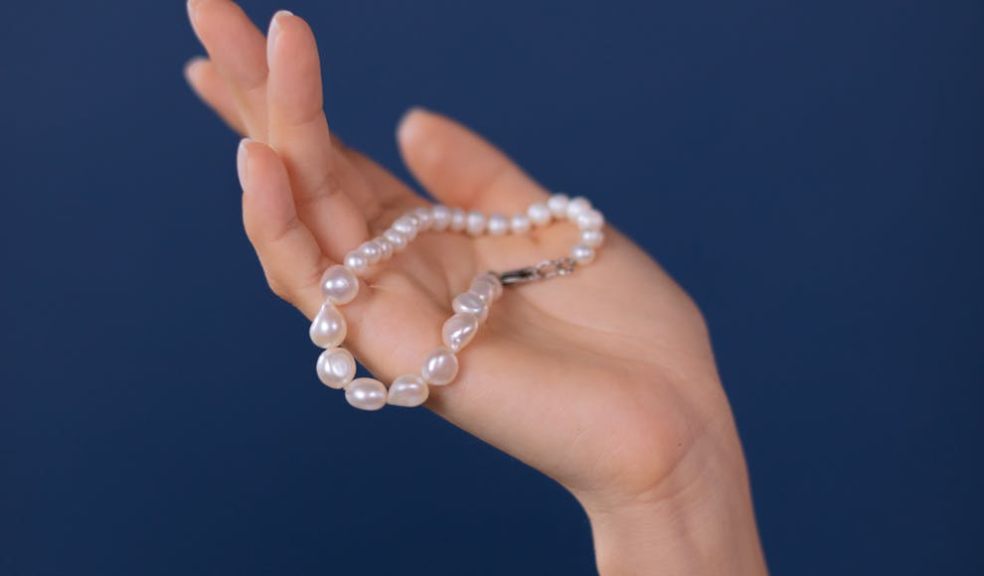
Pearls and the Evolution of Jewelry Fashion
Pearls were always adored for their elegance and classic charm. In the past, pearls used to be seen as something very exclusive that only rich and important people could possess. But as pearl farming got better, it became easier for more individuals to own these jewels. Akoya, Tahitian, Freshwater or South Sea varieties, none of this matters; now everyone has access to them.
These beautiful gems are loved for their looks and ability to fit many styles, becoming favorites in different cultures and fashion choices. In 2023, the worldwide market for pearl jewelry reached about $10.49 billion in value. Predictions indicate that the market will grow to about $24.37 billion by 2030, at a CAGR of nearly 12.9%. This shows how pearls maintain their charm and keep pace with present style demands, resulting in the steady expansion of the market size over time.
The evolution of pearl jewelry provides insight into why these items are still sought after today and their potential future popularity. Whether you choose classic white Akoya pearls or black Tahitian, their charm will never fade even as the years go by. Now, let's explore the interesting journey of pearls through different eras, and learn more about how they have adjusted themselves to changing fashion trends over time.
The Origins of Pearl Jewelry
To understand the current trends, it's beneficial to comprehend the history of pearl jewelry. The tale of pearl jewelry is quite long. In past civilizations such as Egypt, Rome and China pearls were viewed as something very valuable. During ancient times in Egypt, people used to place pearls underground with the deceased. This was because pearls were considered symbols of riches and social position.
On the other hand, in ancient China, they considered pearls a symbol of purity, hence it was common to use them in jewelry designed for emperors or nobility classes. These initial applications of pearls formed the basis for their lasting impact on jewelry style.
Pearls in the Middle Ages and Renaissance
In the Middle Ages, pearls continued to be seen as signs of riches and importance. European kings and queens, along with other powerful people, wore elaborate pearl jewelry that could be part of their crowns or necklaces.
The time of the Renaissance also experienced a growth in artistic creation, which included designing jewelry. In the detailed patterns, pearls were often included to show the period's love for beauty and skillfulness. Artists and jewelers from the Renaissance era made outstanding pieces, combining pearls with other valuable gemstones and metals.
The Victorian Era: Romanticism and Sentimentality
The Victorian period, from 1837 to 1901, had a strong focus on romance and feelings. One specific influence on jewelry fashion was Queen Victoria's fondness for pearls. These gems were often seen in mourning jewelry that people wore to remember those who had died.
This period also experienced the growth of sentimental jewelry, where pearls were used on lockets, brooches, and rings that represented love and memory. This moment confirmed the link between pearls and emotional or romantic importance in jewelry fashion.
The Roaring Twenties: Art Deco and Modernism
The 1920s saw changes in the fashion of jewelry, as it marked the beginning of the Art Deco style. This style featured powerful and daring designs using geometric shapes that were unlike traditional styles. During this period, pearls were frequently employed to create fresh and unique items in Art Deco jewelry-making. They could be found in combination with diamonds or other gemstones like onyx.
The flapper style of the Roaring Twenties welcomed long pearl necklaces and dangling earrings, which was a fresh, modern approach to pearls in that period.
Post-War Period: Hollywood Glamour and Elegance
After the World War II period, especially during the 1950s and 1960s, pearls became fashionable again because of Hollywood. Famous actresses like Audrey Hepburn and Grace Kelly made pearls a symbol of elegance and refinement. The character played by Hepburn in the movie called ‘Roman Holiday’ even wore her well-known pearl necklace on screen for everyone to see; this helped establish pearls as an important part of glamorous fashion at that time. At this time, pearls were related to classical beauty and elegant fashion; they had an impact on the global fashion scene.
Contemporary Trends: Innovation and Sustainability
Unique designs and an emphasis on sustainability are the factors that have made pearl jewelry trendy in contemporary times. Designers blend old-fashioned appeal with modern styles, creating special pieces that entice a wide range of people. Starting from the late 19th century, Akoya pearls, known for their top quality and exceptional shine, were cultivated due to Kokichi Mikimoto's work. These pearls, renowned for their perfect roundness and high luster, set the standard for other cultured pearls.
Farming pearls is placing greater emphasis on sustainability, as numerous farms are now incorporating methods that are gentle to the environment. This alteration aligns with environmentally aware consumers, who look for products sourced ethically. The new generation is finding pearls attractive because of social media and modern trends. Digital marketing has popularized pearls among younger generations, attracted to their classic beauty and modern versatility.
Conclusion
The story of pearls in jewelry fashion spans thousands of years, illustrating changes in cultural beliefs, art trends, and advancements in technology. From previous centuries to contemporary fashion events, pearls have always been regarded as a symbol of grace and allure. In an industry that is consistently evolving because of new ideas and environmental worries, pearls will likely maintain their traditional appeal as the market for pearl jewelry continues to grow and evolve. Understanding their deep past and importance in today's world gives an idea of why pearl jewelry is still so attractive.













